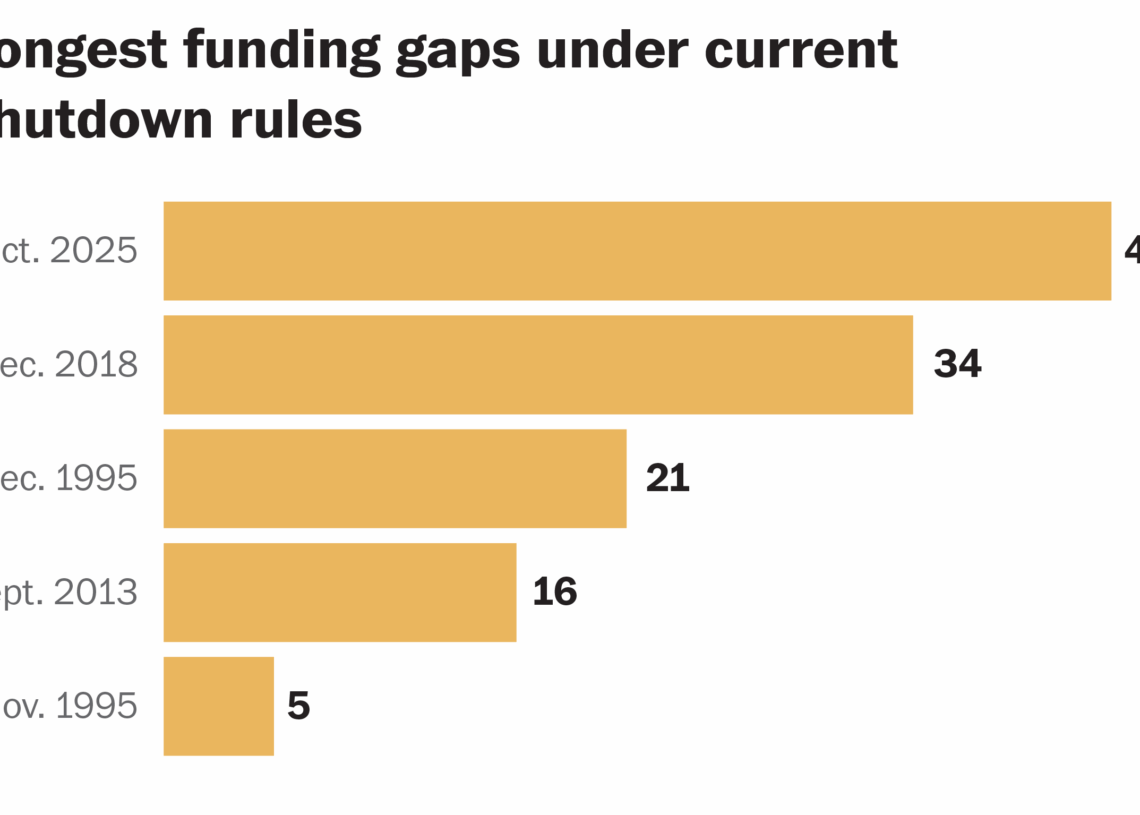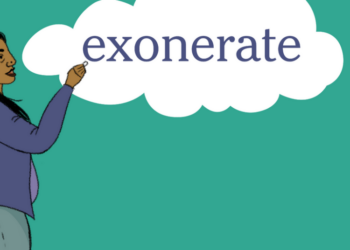
The government shutdown that began Oct. 1 is now the longest closure in history.
Democrats in the Senate have blocked a Republican plan to extend federal funding at current levels until Nov. 21, saying they won’t agree to fund the government unless the GOP agrees to continue Affordable Care Act subsidies put in place during the pandemic that will expire at the end of the year.
The government shutdown that began Oct. 1 is now the longest closure in history.
Democrats in the Senate have blocked a Republican plan to extend federal funding at current levels until Nov. 21, saying they won’t agree to fund the government unless the GOP agrees to continue Affordable Care Act subsidies put in place during the pandemic that will expire at the end of the year.
It’s unclear how much longer the closure will last. The shortest ever was in 2018 — funding lapsed for several hours when Sen. Rand Paul (R-Kentucky) briefly filibustered a two-year bipartisan spending bill.
While government shutdowns have become rarer, they now typically stretch on longer when they do happen, as parties dig in.
The guidelines that a funding gap should lead to a government shutdown emerged in the early 1980s, and short federal funding gaps were common in that decade.
Some shutdowns were resolved in a matter of days as negotiators worked out a deal to reopen the government. Other funding gaps lasted such a short time, such as overnight or on weekends, that government agencies did not fully shut down.
Kate Rabinowitz contributed to this report. Data from the Congressional Research Service and news reports.
The post The shortest and longest government shutdowns in U.S. history
appeared first on Washington Post.




